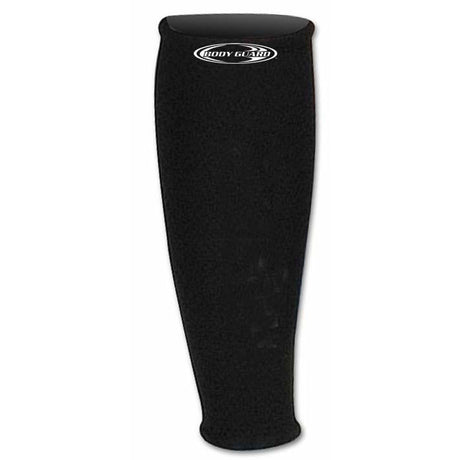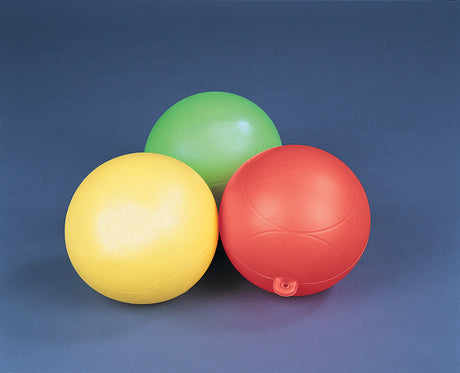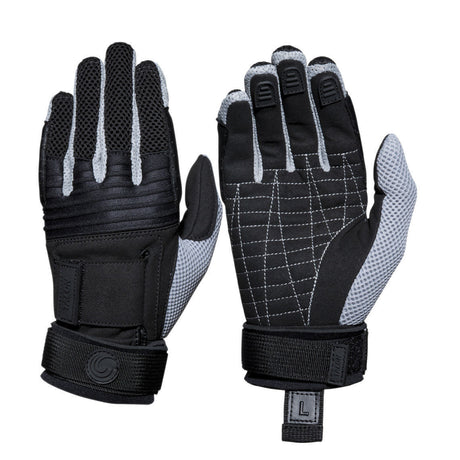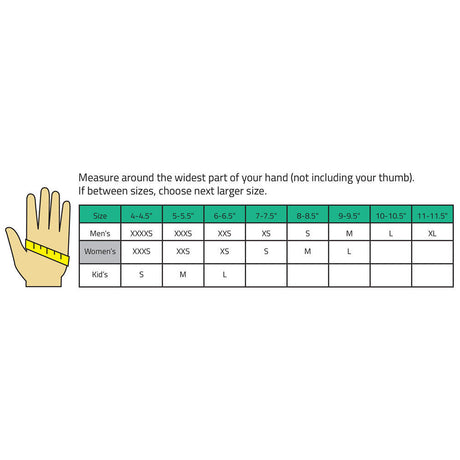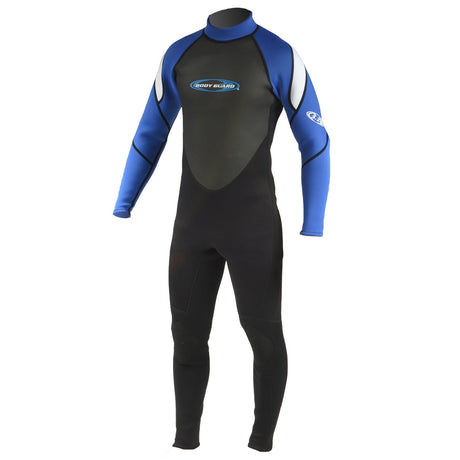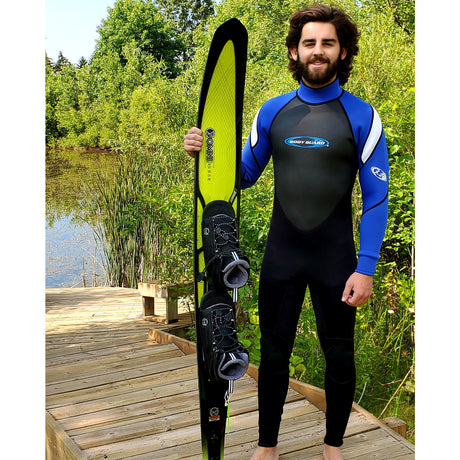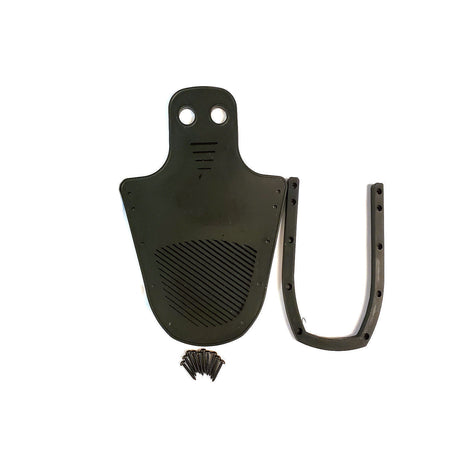Doing some cold-water water skiing or wakeboarding? Trying to break that wind chill on brisk mornings early in the season? We're covering what wetsuit you need for specific water temperatures.
So, what wetsuit thickness is best for specific water temperatures? Reference the chart below:
Wetsuit Thickness vs. Water Temperature Chart
| Water Temperature | Wetsuit Thickness | Best For |
| 75°F / 24°C | 2-3 mm | Sun protection |
| 70°F / 21°C | 3 mm | Sun protection |
| 65°F / 18°C | 3-4 mm | Wind chill |
| 60°F / 16°C | 4-5 mm | Cold weather |
| 55°F / 13°C | 5 mm | Winter water sports |
| 50°F / 10°C | 5-6 mm | Winter water sports |
| 45°F / 7°C | 6-7 mm | Winter water sports |
| Below 45°F / 7°C | 7 mm+ | Extreme cold |
Water Temps vs. Air Temps & Wind Chill
The above wetsuit thickness ratings are recommended based on the assumption that, usually, water temperatures closely match ambient air temperatures.
However, weather conditions can occasionally cause water temperatures to fall significantly lower than air temperatures.
If water temperatures are lower than air temperatures, or if the sum of the water temperature and air temperature is below 100, we recommend increasing your wetsuit thickness by at least 1mm to 2mm to compensate for the extra cold.
If winds are blowing above 5 MPH, you may also need to compensate for wind chill by wearing a suit that is at least 1mm thicker, too.
How Wetsuit Thickness is Measured
Wetsuits are made from closed-cell neoprene, a type of synthetic rubber. The thicker the wetsuit, the better the insulation, and the better the suit will be at insulating against colder water temperatures.
Importantly, some wetsuits have different thickness ratings for their torsos and limbs. You may often see suits with thickness ratings advertised as "4/3," "4:3", or some other ratio or set of numbers.
This refers to the thickness of the neoprene constructing the suit's torso being greater than the thickness of the suit's limbs. In the examples above, such a suit has a torso with 4mm of neoprene, while the arms and legs are 3mm thick.
This is done to promote a better balance of insulation and mobility. The thicker torso helps to maintain core body temperature, while the thinner limbs provide greater flexibility.
Cold-Water Wetsuit Accessories
At water temperatures at or below 60°F / 16°C, it's a good idea to invest in other cold-water accessories, including:
- Wetsuit Boots: For protecting your toes against frostbite.
-
Wetsuit Hood: Greatly reduces the effects of wind chill.
- Wetsuit Gloves: For protecting your hands against frostbite.



